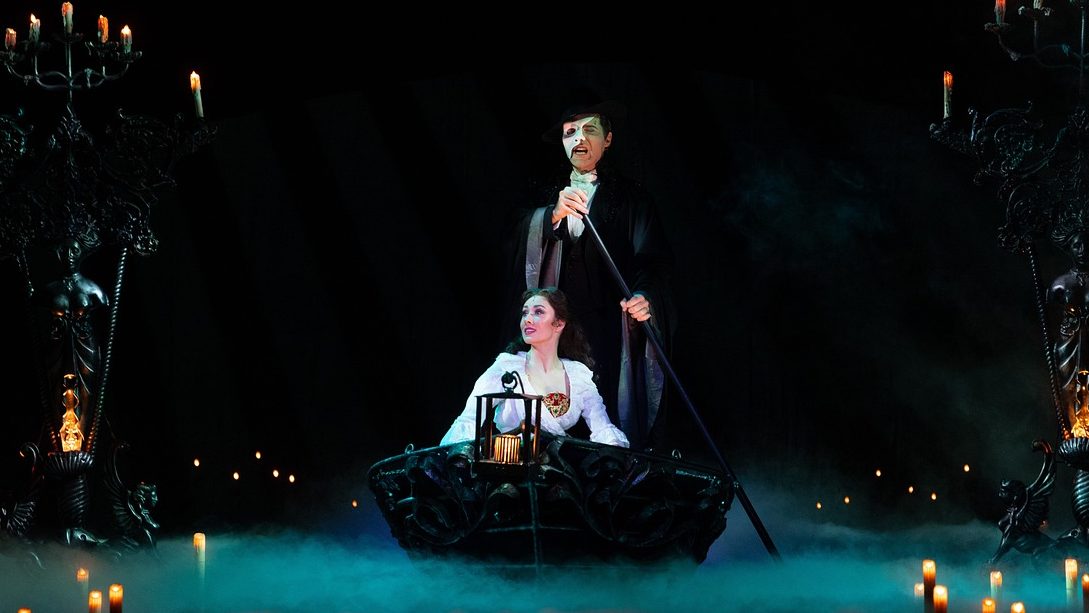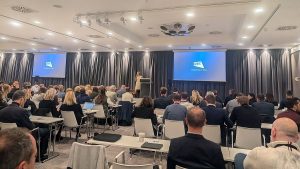In the theater world, the line between performance and reality often blurs, with actors and crew finding creative ways to infuse their work with fun and spontaneity. For many theater veterans, scenes from a play linger long after the final curtain, but sometimes this phenomenon takes on a more tangible—and unexpected—form.

Susan Marie Rhea, the artistic director of Washington’s Keegan Theatre, experienced this firsthand during the 2013 production of The Woman in Black. Returning home from the gym, Rhea was shocked to find a dark, ominous figure in her shower. After an initial moment of terror, she realized it was a mannequin dressed as the ghost from the play, placed there by her mischievous colleagues. This prank, while terrifying in the moment, highlights the unique blend of creativity and playfulness that is a hallmark of the theater—a dynamic rarely found in more conventional workplaces.
These pranks aren’t just about getting a laugh; they serve a deeper purpose in the theater, especially during long runs of a show where the repetition can dull the excitement. For instance, during the 2008 Broadway revival of Boeing-Boeing, actress Kathryn Hahn kept the routine fresh by surprising her co-star Mark Rylance with unexpected props during a scene, such as covering her privates with a different item each performance. These moments of spontaneity, though small, injected new life into the production and kept the cast engaged.
Similarly, Jonathan Groff, in the recent Broadway revival of Merrily We Roll Along, used his character’s typewriter scene as an opportunity to leave cheeky notes for co-star Daniel Radcliffe. These interactions fostered a sense of connection and camaraderie, essential for maintaining the energy and enthusiasm needed for a long-running show.
Kevin Del Aguila, during his time in Some Like It Hot, elevated backstage pranking to an art form. Noticing that his co-star Christian Borle always glanced offstage during a particular scene, Del Aguila began staging elaborate sight gags to make Borle laugh. From pretending to be a turtle to full-blown performances with props, these pranks became a highlight of the show, adding an element of surprise and joy to each performance.
It’s not just actors who get in on the fun; theater crew members also find ways to add a bit of mischief to the mix. Chani Wereley, during Signature Theatre’s production of Into the Woods, orchestrated an elaborate prank involving hundreds of rubber ducks hidden throughout the theater, targeting stage manager Kerry Epstein, who had a known fondness for the toys. The prank grew to include human-sized inflatable ducks placed in unexpected locations around the set, keeping the entire theater buzzing with laughter. Even years later, these hidden ducks continue to be discovered, serving as a lasting reminder of the playful spirit that infused the production.
Music directors, too, aren’t immune to the lure of a good prank. Christopher Youstra, working on Beautiful: The Carole King Musical at Olney Theatre Center, recalls his playful intervention during a banquet scene in Titanic at Toby’s Dinner Theatre. He inserted on-theme tunes like My Heart Will Go On and Under the Sea into the orchestra’s score, much to the amusement of the audience and the cast trying to maintain their composure on stage. During a production of The Producers, Youstra slowly increased the pitch of a doorbell sound each night, leading the actor to unwittingly adapt to the change—a subtle but effective prank that brought both amusement and challenge to the performance.
These pranks, while often lighthearted and humorous, are more than just playful mischief. They are a vital part of the theater’s culture, fostering creativity, camaraderie, and a sense of shared experience. In the demanding and repetitive world of theater, these moments of levity help keep the spirit of the production alive, ensuring that both cast and crew remain engaged and connected.
So, the next time you attend a play, remember that the actors and crew may be engaging in more than just the performance you see on stage. Behind the scenes, a world of playful pranks and creative mischief is often at work, adding a layer of joy and spontaneity that helps keep the magic of theater alive.


